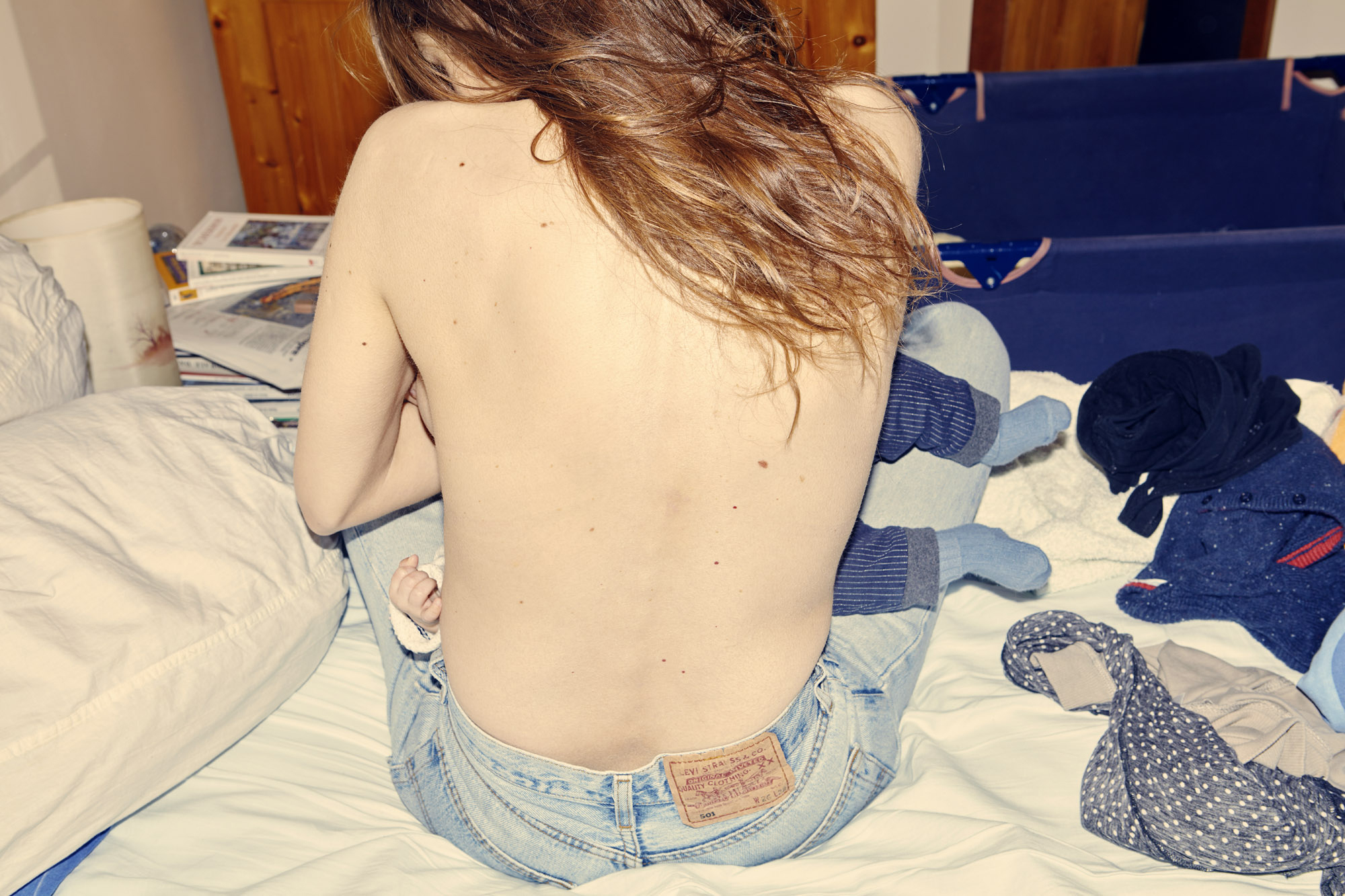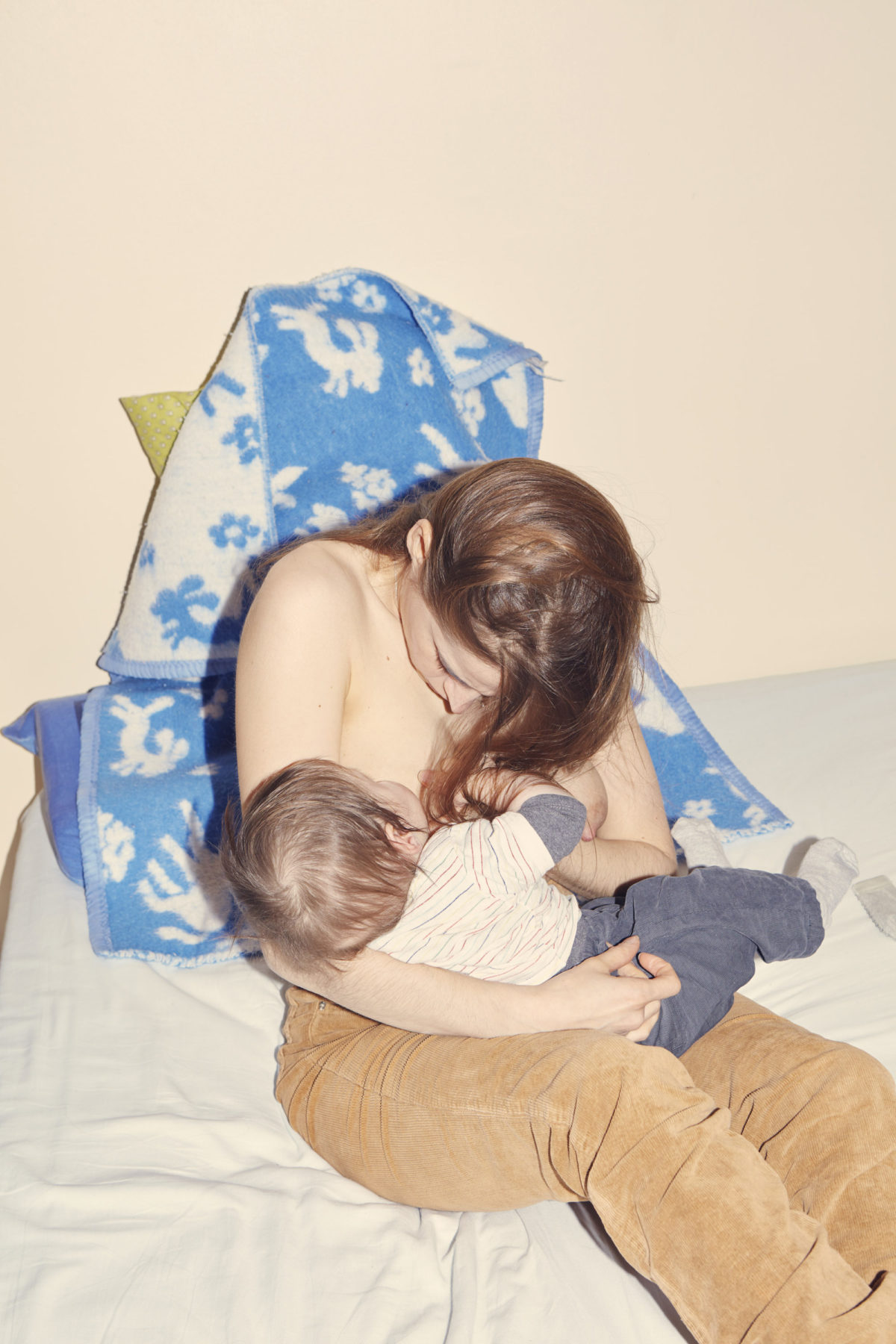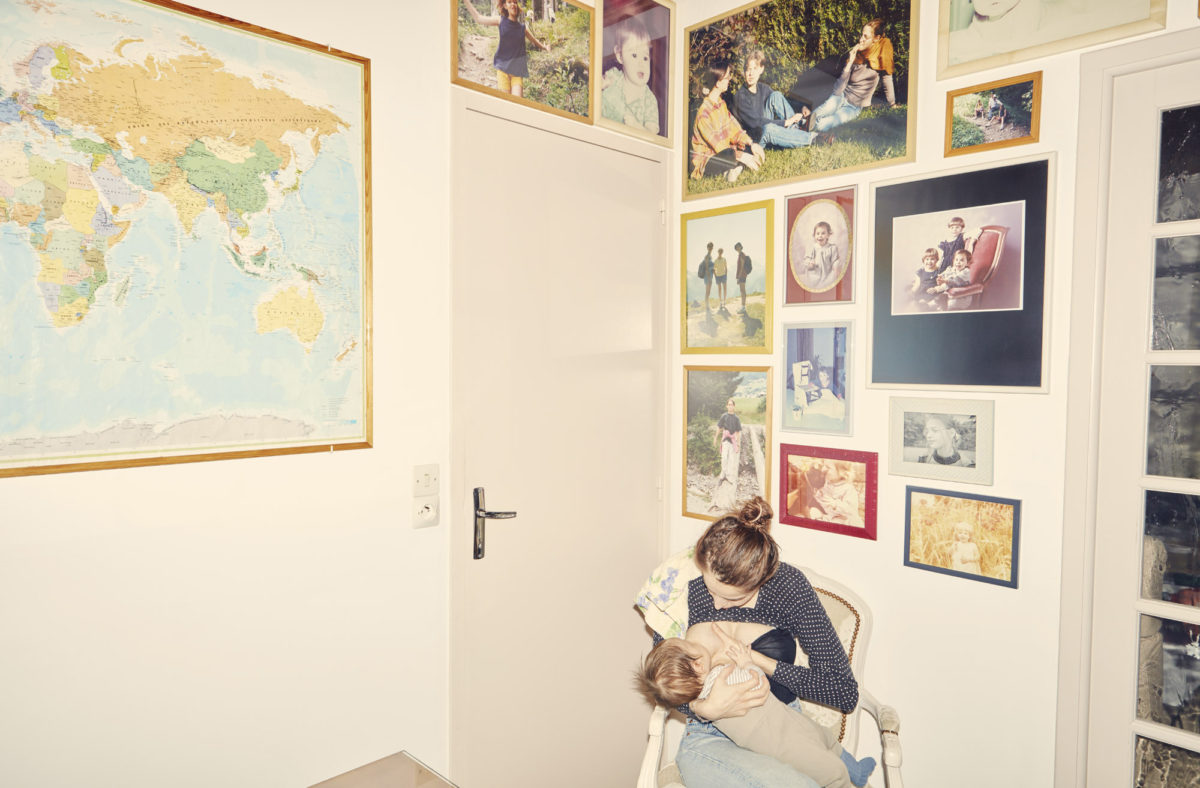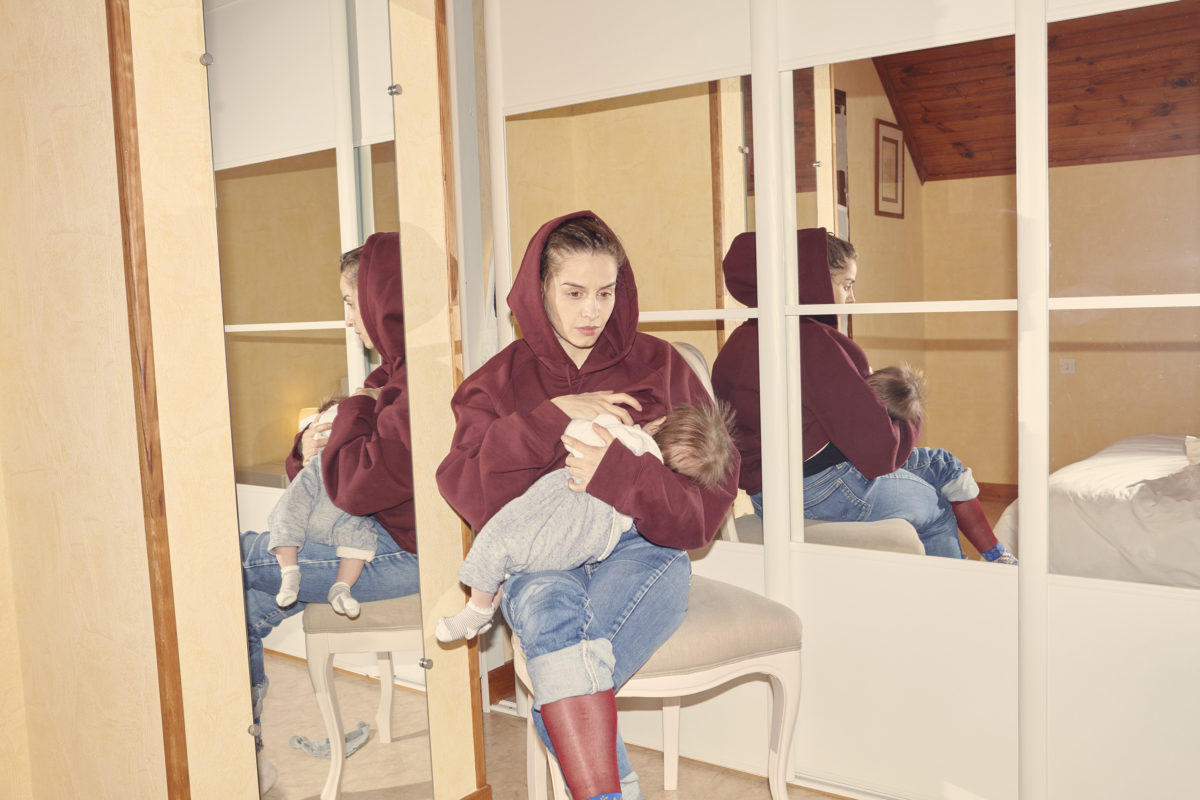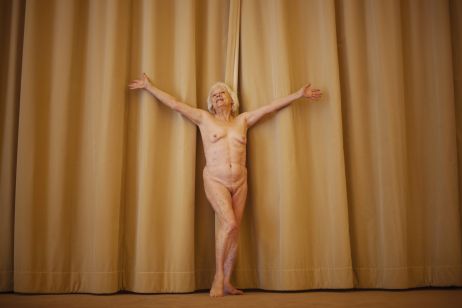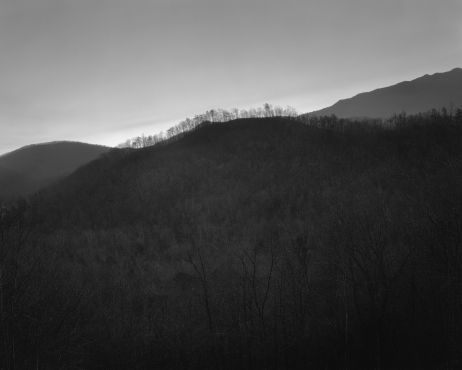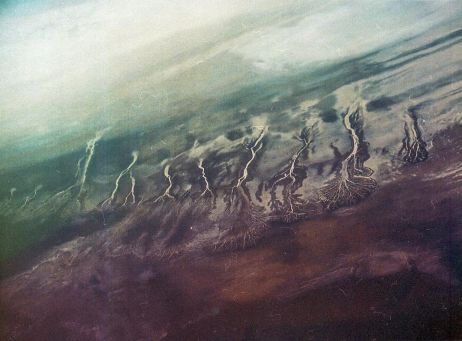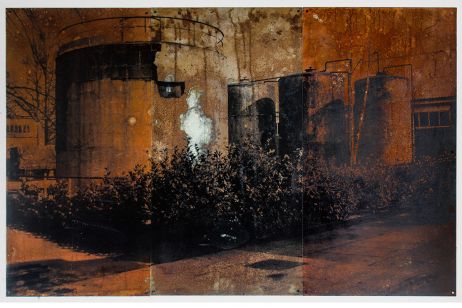According to the legend, our galaxy – the Milky Way – was once created from the breasts of a lactating goddess Era. Fascinated by this feminine cosmogony and struck by the beauty of his wife’s daily breastfeeding, Vincent Ferrane produces a new photobook. Published by Libraryman – Milky Way is a photographic diary of his wife’s breastfeeding months. Through this sensual nativity, the French photographer lights up with his pale flash an issue that is still a taboo in our society. At the intersection between fashion and amateur family photography, Milky Way is tender, symbolic, and genuinely real.
Fisheye: Why did you decide to portray breastfeeding in both its poetic and prosaic sides?
VincentFerrane:
One of the reasons that brought me to undertake this project is that mothers do not have enough freedom to talk about their breastfeeding experiences. Bordering self-censorship, mothers always need to look perfect, and to pretend that breastfeeding is only a merry and simple experience. For this reason, I wanted to represent both the beauty and the real challenges that the process entails. I played with both the idealized depiction of the breast-feeding Virgin Mary and the more prosaic images that all young parents are familiar with. This combination aims at normalizing breastfeeding, and as the reactions to my book prove, things can change.
Sometimes dads are pictured as excluded from the breastfeeding phase, cut off-a very intimate relationship between the baby and the mother. How did the act of photographing this act impact your relationship with it?
For the simple fact that my baby had a mixed diet, and that I was the one in charge of feeding him with a bottle, I never felt completely excluded from its intimate relationship to nourishment. In this series, my role as a father allowed me to benefit both from a strong involvement, and of the distance that belongs the photographic act. In fact, I think that such act entails primarily a specific distance from the subject. I see breastfeeding as a bit of a suspended moment in the turmoil that a newborn represents in the parents’ life. It is a gesture that chrysalises concretely and symbolically this new life. So, photographing this act was first and foremost an act of communion, rather than an attempt to fill a void.
In this series, you unveil many aspects of an intimate moment, among them, your wife’s body. What role does it – and its nudity – play?
The issue of unveiled nudity arose very early. This series tackles a sensitive topic that can very quickly be misinterpreted. In contemporary iconography, the feminine body is constantly hypersexualized. Most of the times it is objectified, and used to sell a product or to generate a desire for something else. To me, showing a body differently means deconstructing this trend. This series does not aim at desexualizing the body, rather at giving it its functions back, at showing their beauty and their intrinsic poetry. For example, concerning the breasts, I want to give it its feeding functions back, and to affirm that this part of the body should not be hidden.
Your series has a clear narrative structure, and its atmosphere recalls that of a documentary. Why did you choose photography to describe these intimate moments?
Photography has a very special relationship with reality. Because of its history and its practice, photography is bound to its “proof value”, to its vocation to capture a moment from the stream of time. Photography is condemned to carry a “here and now” label. But I think that reality is to a photographer what clay is to a sculptor – a ductile matter that can be modeled and cut out. When you ask someone to recall something, they will evoke a fixed image – a sort of revitalized photo memory. What happens in that moment is the creation of an “engram”, a clearly perceived element deprived of any precise physical existence. This is to me what gives photography such a familiar yet mysterious allure.
In the era of artificiality and detachment from nature, is there a sort of “political” message in your ode to the natural rhythms and the basic nourishment relationship?
It is often hard to say that something is « natural », but concerning breastfeeding, the word « natural » directly recalls our animal origins. The urgency of nourishment, by day and by night, the rapid development of the baby, this pulse that imposes itself on everyone. This rhythm pushed me to represent in my book a sort of vegetal growth, that is almost visible to the naked eye. To do so, I created sequential sets of pictures. One of them is a set of pictures I took repeatedly at night, of my wife feeding the baby from the right breast, always with the same frame and composition. These shots are distributed regularly across the 64 pages, like music notes on a staff. There is one, then two, then four, then eight, then four again, then two and then one. In this little bubble of space and time, the baby grew by six months. Meanwhile, seasons have passed, as testified by the changing landscape out of the window. So, if it’s a political message, it is paramount poetic: go listen to the fable of the world!
Why a book?
In general, I find that books, as a medium, are very suitable for photography. They are delicate objects for which every element – the format, the texture of the paper, the editing – matters. We can grasp it, leaf through it at leisure, put it aside and then pick it up again to find out new elements. In particular, Milky Way evokes other types of books, such as the diary and the family album.
What kind of camera did you use?
In general, I use many different cameras, depending on the subject – sometimes digital, sometimes analog. For this series, I wanted something simple but with an excellent definition and a small embedded flash. I wanted to bridge between fashion and amateur family photography and produce shots that could belong to an intimate book but also be printed in large format.
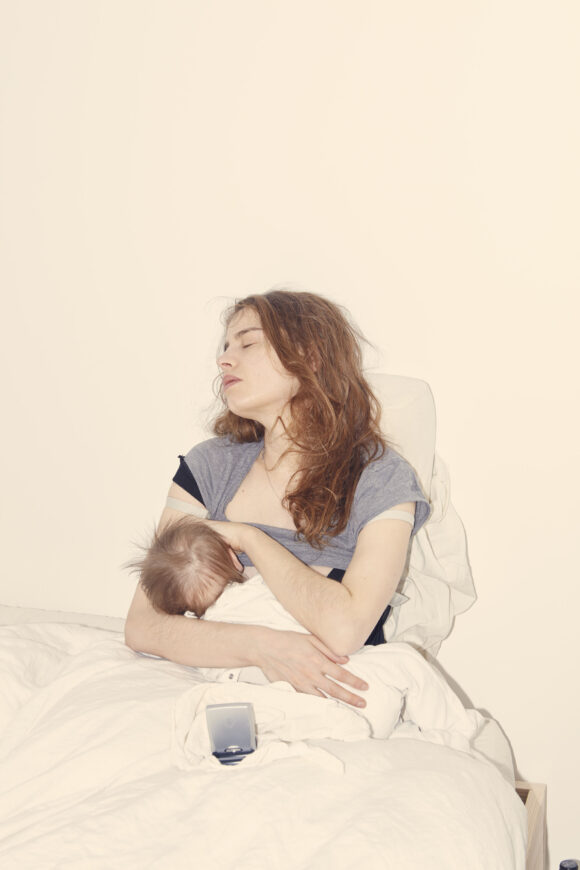
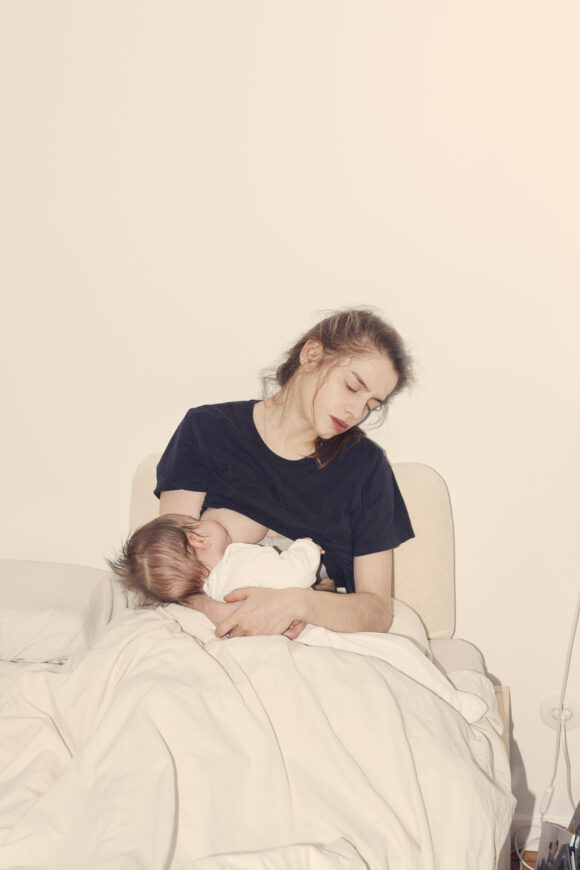
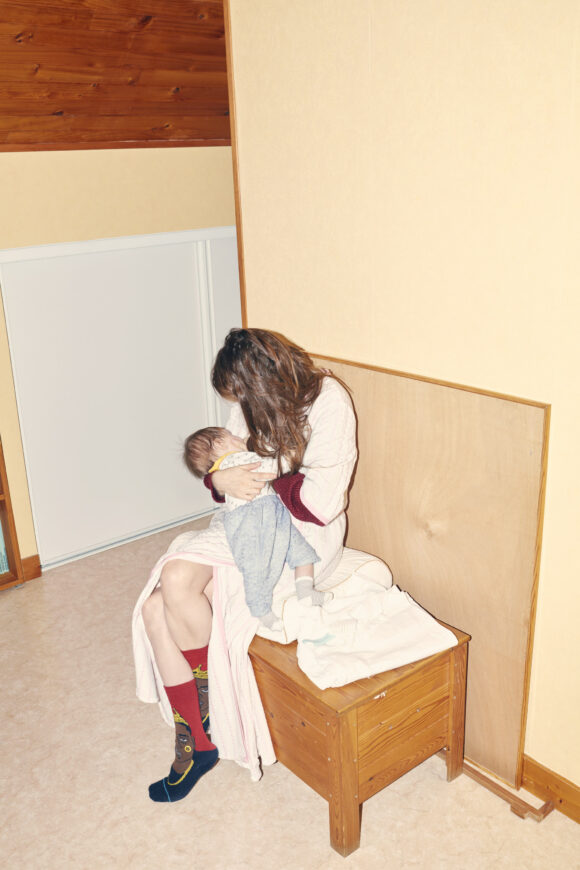
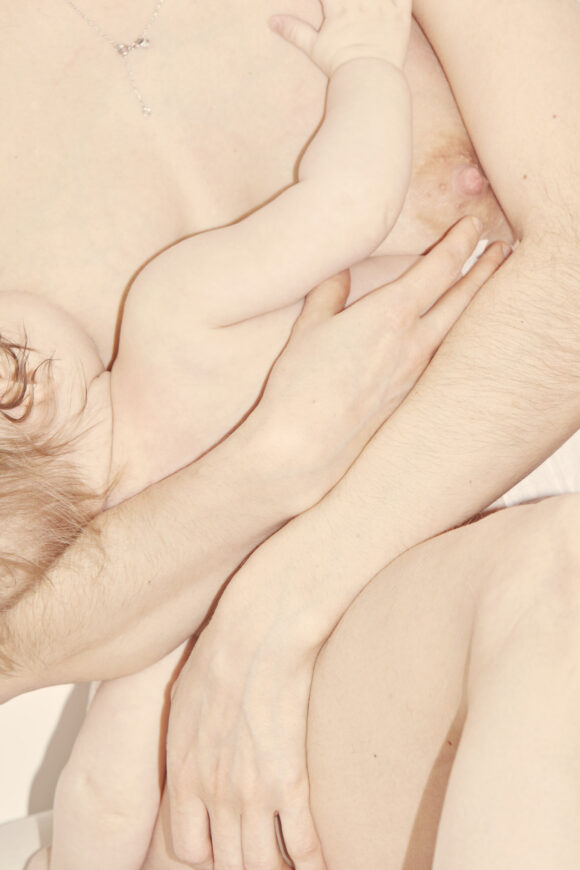
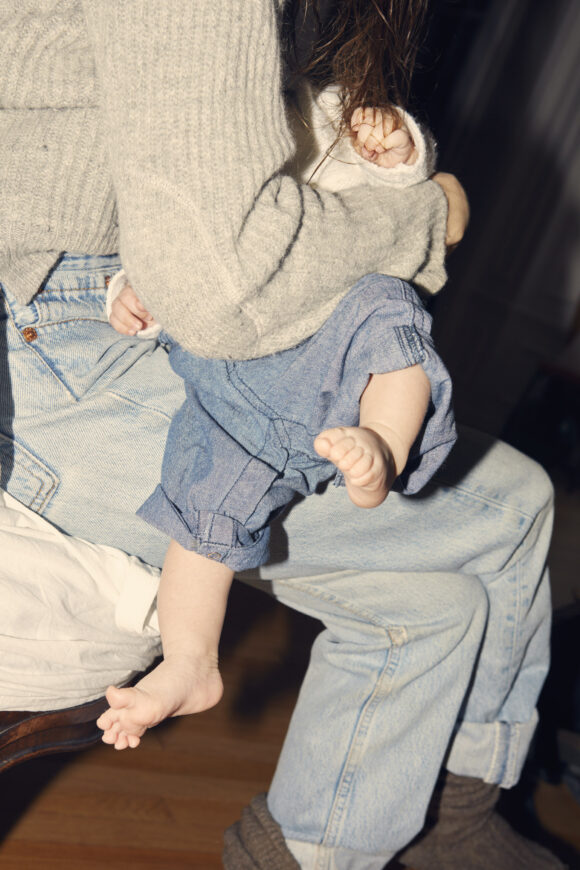
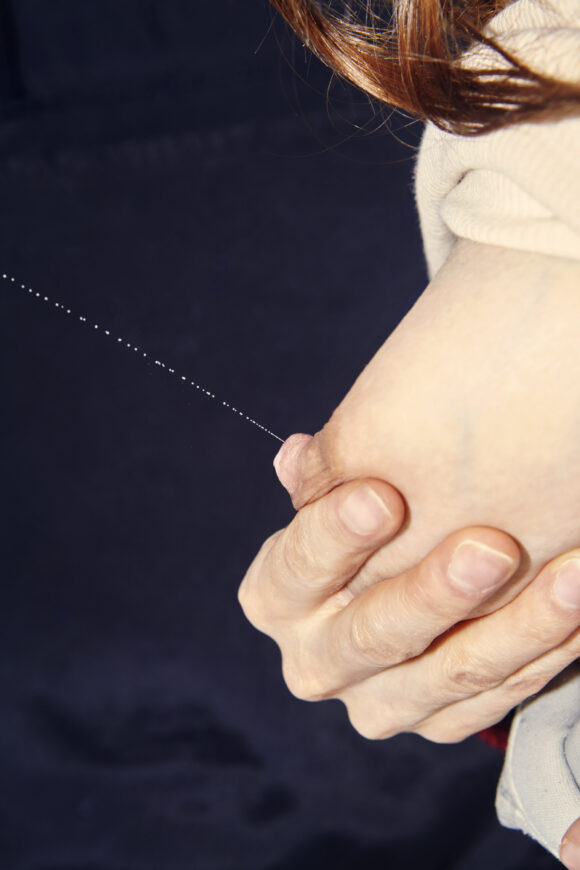
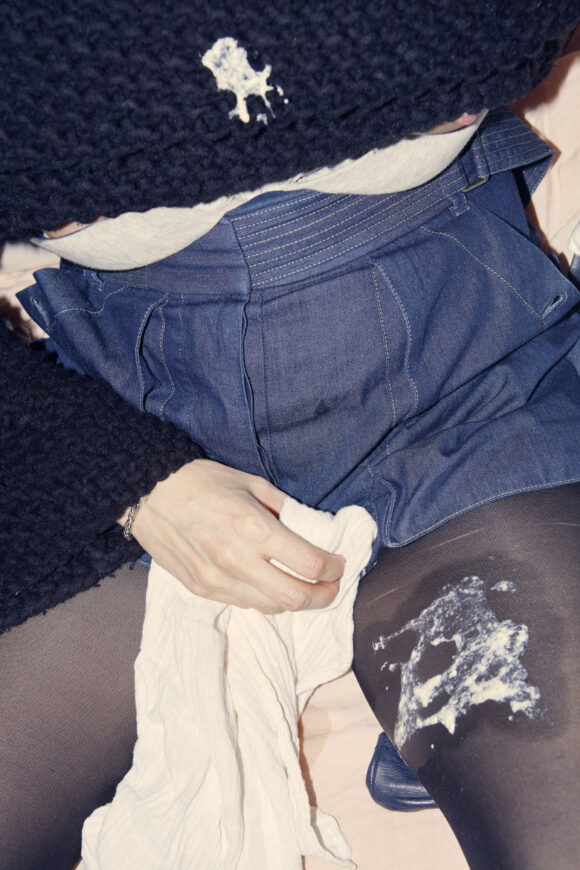

Images © Vincent Ferrane/Libraryman
